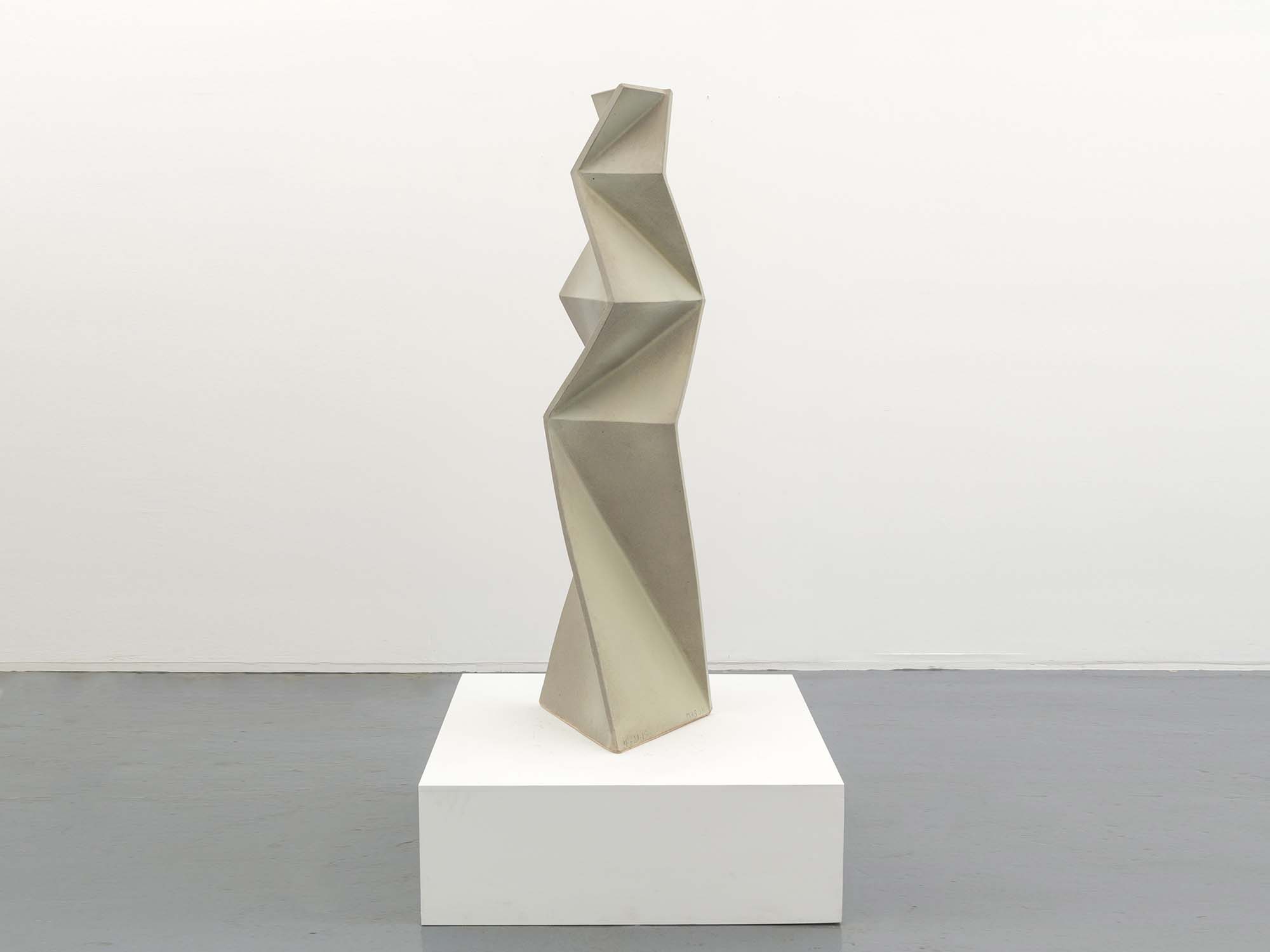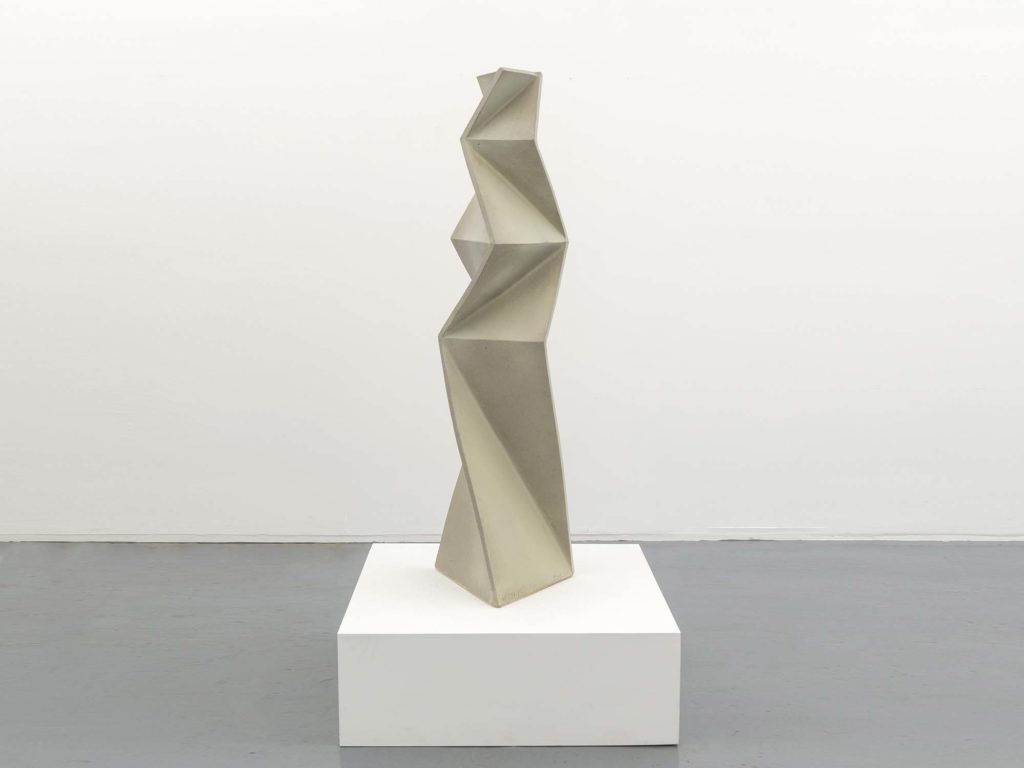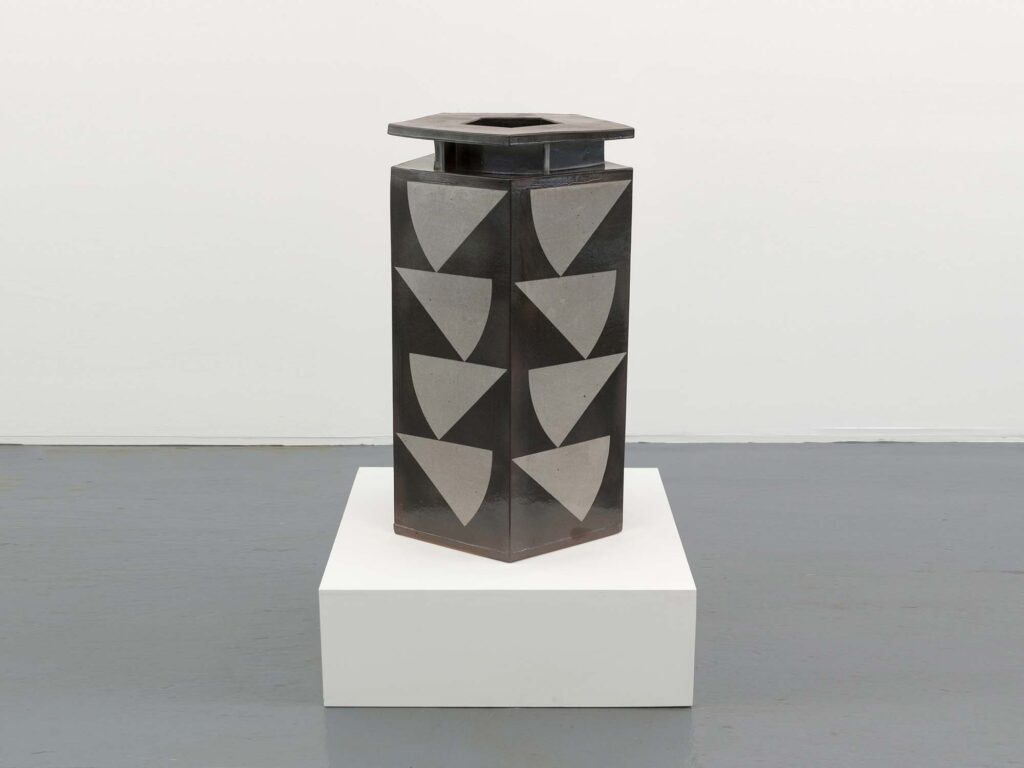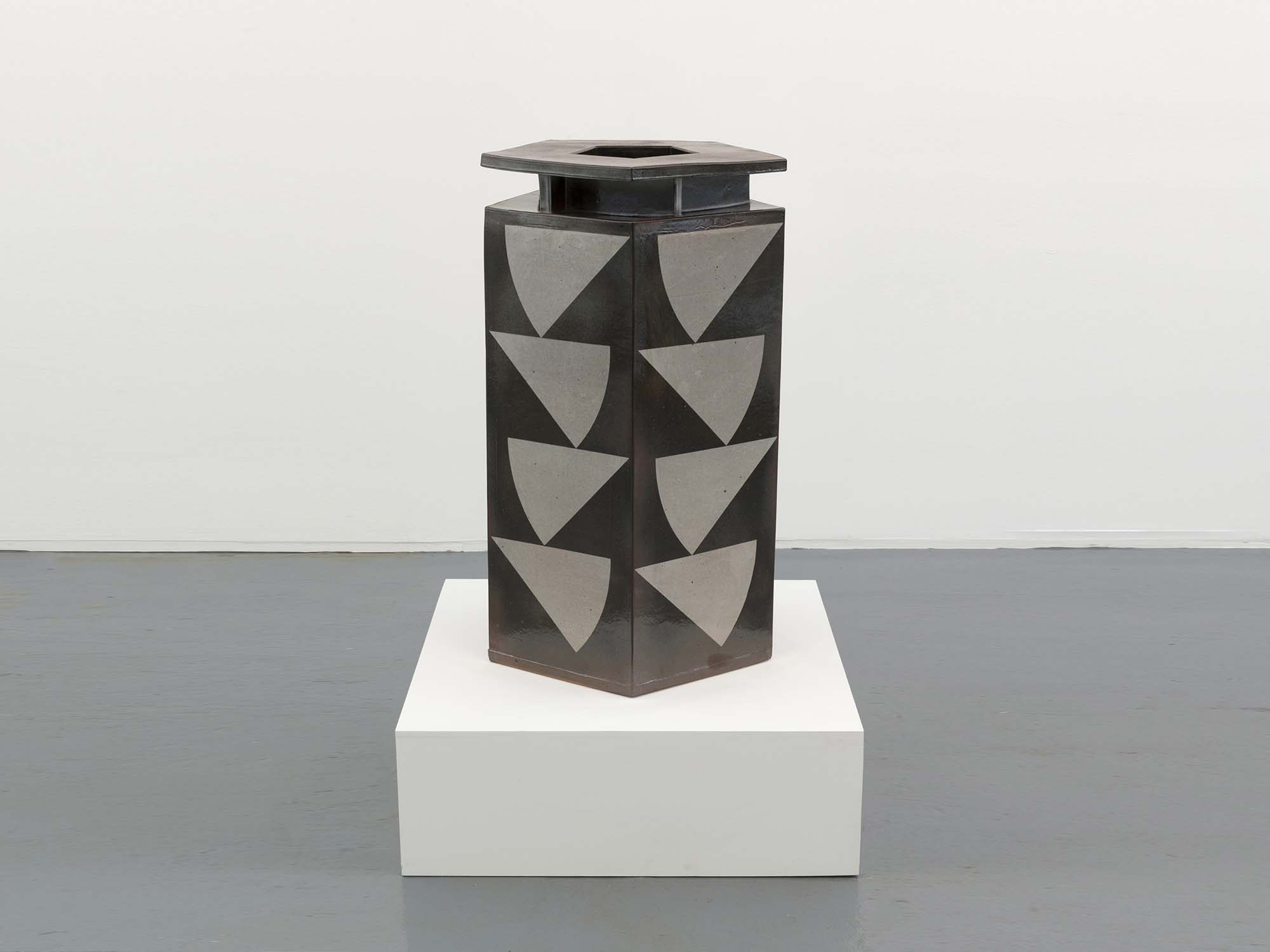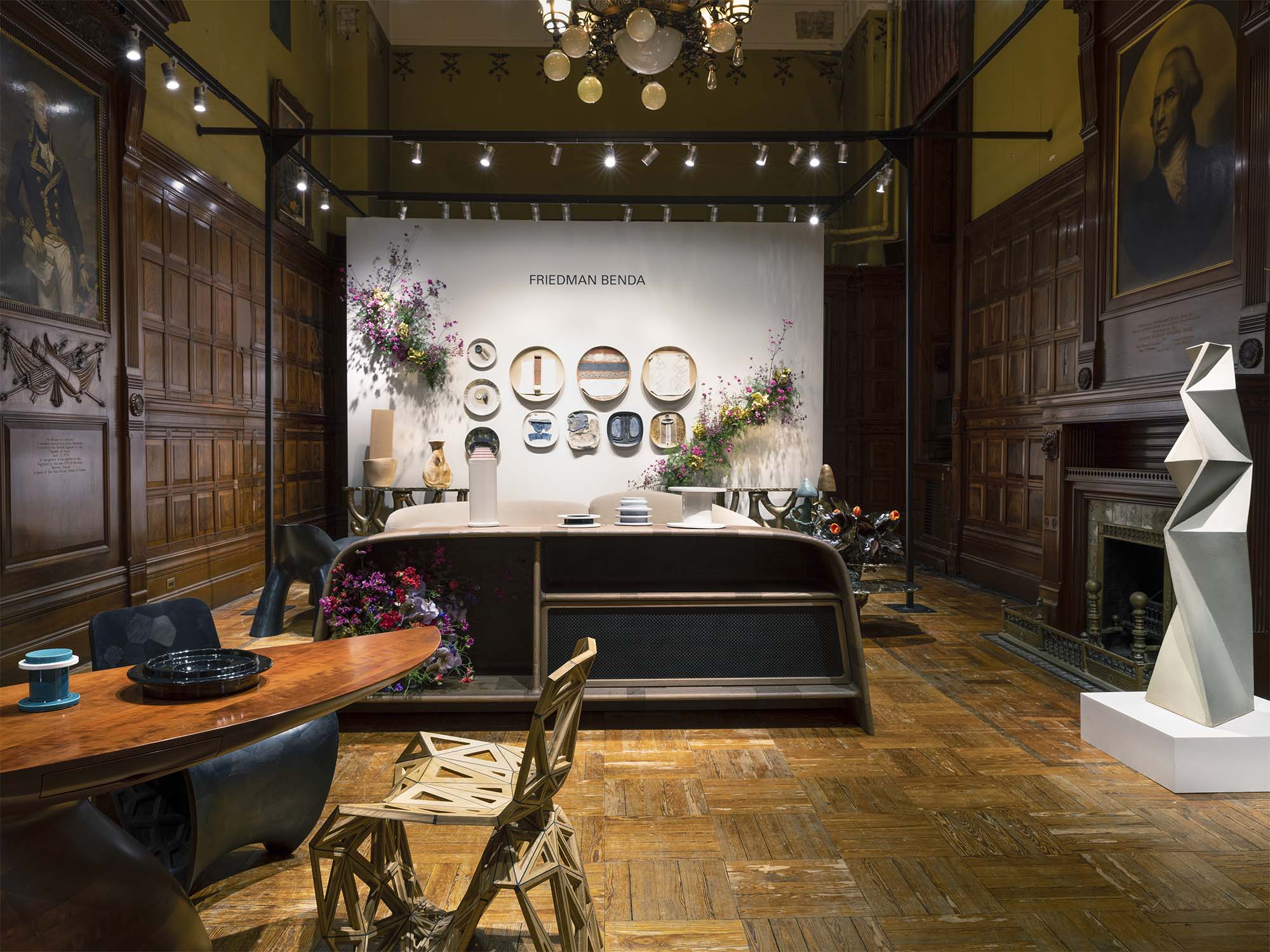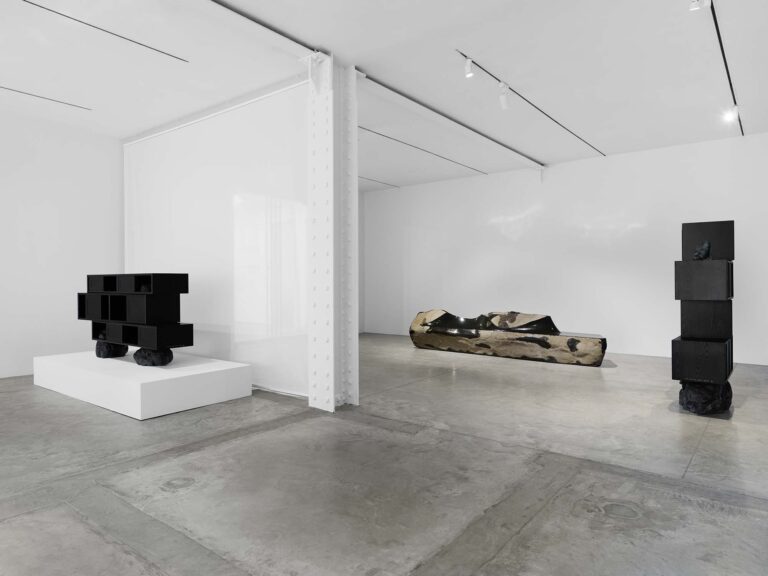John Mason was born in 1927 in Madrid, Nebraska. At the age of 22, Mason settled in Los Angeles. He emerged in LA’s burgeoning art scene in the 1950s after studying at the Otis Art Institute and the Chouinard Art Institute. It was at Otis, amongst a small group of bold artists, that he pursued clay as an ever-evolving medium for artistic expression.
Unhindered by any hierarchical order of materials, Mason embraced ceramic practice and went on to translate the physicality and intuitive spirit of Abstract Expressionism and other prescient ideas into large-scale clay sculpture. He was recognized almost immediately with solo-shows in 1959-60 at the now-iconic Ferus gallery, The Pasadena Museum of Art, and at the World’s Fair of 1962 in Seattle. During the 1950s and 60s, Mason experimented with free-form sculptures and wall reliefs and monolithic, richly glazed forms that had no precedent in contemporary ceramics.
In the 1970s Mason moved to New York and abandoned clay altogether to work with modules, welded steel, and drawings. He created a series of firebrick sculptures that were exhibited across multiple venues including: The Hudson River Museum, Des Moines Art Center, Corcoran Gallery of Art, The Minneapolis Institute of Arts, San Francisco Museum of Modern Art and University Art Museum, and The University of Texas. In the 1980s he returned both to California as well as working in clay.
Mason has continually explored the endless potential trajectories of fired earth. His work is represented in numerous major museum collections including the Norton Simon Museum of Art, Pasadena; the Museum of Contemporary Art, Los Angeles; the Metropolitan Museum of Art, New York; and the Los Angeles County Museum of Art. John Mason passed away in 2019.
